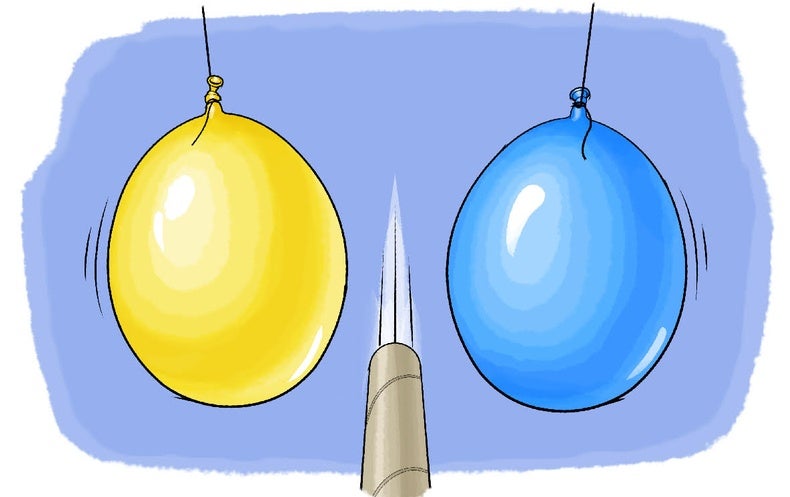Up and Away¶
Up and Away is the Cub Scout Nova Award for investigating how fluids such as liquids and gasses affect everyday life.
Note
General Information about this activity:
When?: 04/09 at 03:30pm
Instructor: Bill Clancy
E-Mail address: wsclancy@aol.com
Pre-reqs submission: send directly to wsclancy@aol.com
Zoom link for activity: https://zoom.us/j/93407572420
Bio-sketch: Bill Clancy is a retired Nuclear Engineer with degrees in Nuclear Engineering and Management as well as a Professional Engineers Credentials. Bill has extensive experience in the defense (Naval Submarine) and power industry and holds several Nuclear Power Supervisor Licenses. He is presently engaged as a consultant building training for personnel constructing submarines at the Groton Naval Shipyard. He has been a scouter for 40 years, as an Eagle scout, Cubmaster, Scoutmaster and Commissioner. He is now an Assistant Council Commissioner and the Chairman of the Yankee Doodle District in Rensselaer and Columbia counties. He is also a member of the STEM Committee of the Twin Rivers Council.
Pre-requisites¶
What is a pre-requisite? It is an activity you should complete before the meeting! Here is a list of pre-requisites you should do to complete this Award. If you do not have time to complete it before the day of the activity, do not despair! You can always send your work later to your instructor at the address listed above!
Requirement #1 (Choose A or B or C and complete ALL of the requirements)
Watch not less than one hour total of shows or documentaries that discuss fluid dynamics or a show related to fluid dynamics. Then do the following
Make a list of at least two questions or ideas from the show(s) you watched.
Discuss two of the questions with or ideas with your counselor.
Read not less than one hour total about a topic related to fluid dynamics. Then do the following:
Make a list of at least two questions or ideas from the article(s) you read.
Discuss two of the questions with or ideas with your counselor.
Do a combination of reading and watching (not less than one hour total). Then do the following:
Make a list of at least two questions or ideas from each article or show.
Discuss two of the questions or ideas with your counselor.
Note
Some examples of shows to watch include—but are not limited to—The STEM of Indoor Skydiving; documentaries produced by PBS (such as “NOVA”), the Discovery Channel, Science Channel, National Geographic Channel, and the History Channel; or lectures or presentations focused on science, technology, engineering, or math (such as TED Talks) using some search terms you might think of using could include “fluid dynamics for kids” or “the science of skydiving for kids.” You may watch online productions with your counselor’s approval and under your parent’s or guardian’s supervision. You may choose to watch a live performance or movie at a planetarium or science museum instead of watching a media production.
If you are a fan of Bill Nye the Science Guy… a couple of other videos you could watch would include:
If watching videos is not your thing you may select an article and read for an hour. A couple of good places to look include:
Fluid dynamics Facts for Kids (kiddle.co)
What Is Fluid Dynamics? (Live Science)
In both cases prepare at least to jot down at least 2 questions based on your study for us to discuss in class.
Warning
Pre-req submissions
Finally, have your cub scouts SEND their pre work directly to Bill Clancy to his email address: wsclancy@aol.com before April 5th to allow us to create a truly interactive and personalized learning experience. If you are late that is OK, please still fill it out up to our scheduled class. Feel free to contact the instructor if you have any question.
What will we do during the meeting?¶
Among other things, we will study airplanes:
We will be using both a pin wheel and a paper airplane as part of studying Bernoulli’s Law and Fluid Dynamics.
Scouts should make their pinwheel and airplane before the event as outlined in the following:
How to Make a Paper Airplane | HGTV
How to Make Pinwheels | Easy Paper Pinwheel Tutorial -One Little Project
We will fly our paper airplane several times during our session so plan on having about a 10 foot long unobstructed area in which to fly where if your airplane hits anything there will not be any damage
